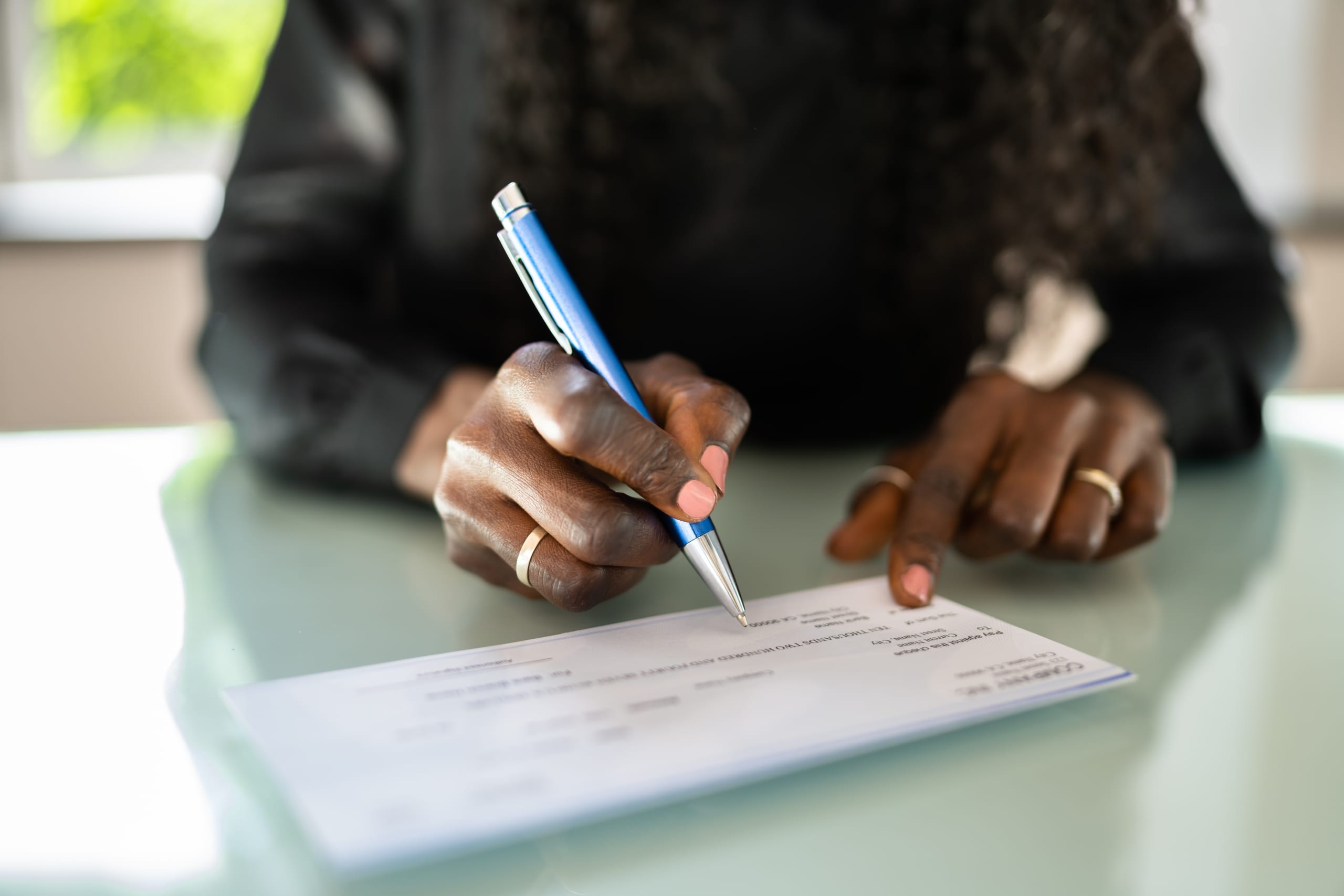We bring news that matters to your inbox, to help you stay informed and entertained.
Terms of Use and Privacy Policy Agreement
WELCOME TO THE FAMILY! Please check your email for confirmation from us.
By breaking your money up into different accounts or bucketing, you can organize your savings better than if you keep everything in a lump sum account.
In the wake of the closures of Silicon Valley Bank and First Republic Bank, many
wonder how many bank accounts do they really need and what financial tools can they
use to effectively save and grow their money.
If you are wondering if your money is safe in a traditional bank account, the answer is
yes. The Federal Deposit Insurance Corporation (FDIC) insures every bank account up
to $250,000.
It’s easy to overcomplicate a financial situation by having several
traditional bank accounts.
For most people, one checking account and one savings account is enough. The
checking account is to pay bills and expenses. Parking too much money in a checking
account makes it too easy to overspend. After a checking account, set up a savings
account and start building an emergency fund as soon as possible.
Next, look into a money market account. Money market accounts have a lot to offer
combining higher than average annual percentage yields (APYs) with convenient
access to your money through debit cards and checks. Be aware that money market
accounts can have higher minimum balance requirements.
A high-yield savings account is another option. These accounts will help your savings
grow while keeping those funds accessible. You will be able to find competitive interest
rates with online banks that are significantly higher than a traditional savings account.
Another bank account may be feasible if you are saving for a specific purpose like a
home loan down payment, vacation or a large purchase. This is called the “bucketing”
strategy and helps to keep track of where your money is going and stay dedicated to a
savings plan.
By breaking your money up into different accounts or bucketing, you can organize your
savings better than if you keep everything in a lump sum account. Once these accounts are up and running, set up automatic transfers from your paycheck or income and watch your money grow.
Jennifer Streaks is Senior Personal Finance Reporter and Spokesperson at Business
Insider and a financial contributor at The Grio. A nationally-recognized expert on money
and affordable lifestyle living, Jennifer is an established financial columnist who has
been featured on CNBC, Forbes, ABC, MSNBC, CBS, and more.
TheGrio is FREE on your TV via Apple TV, Amazon Fire, Roku, and Android TV. TheGrio’s Black Podcast Network is free too. Download theGrio mobile apps today! Listen to ‘Writing Black‘ with Maiysha Kai.

